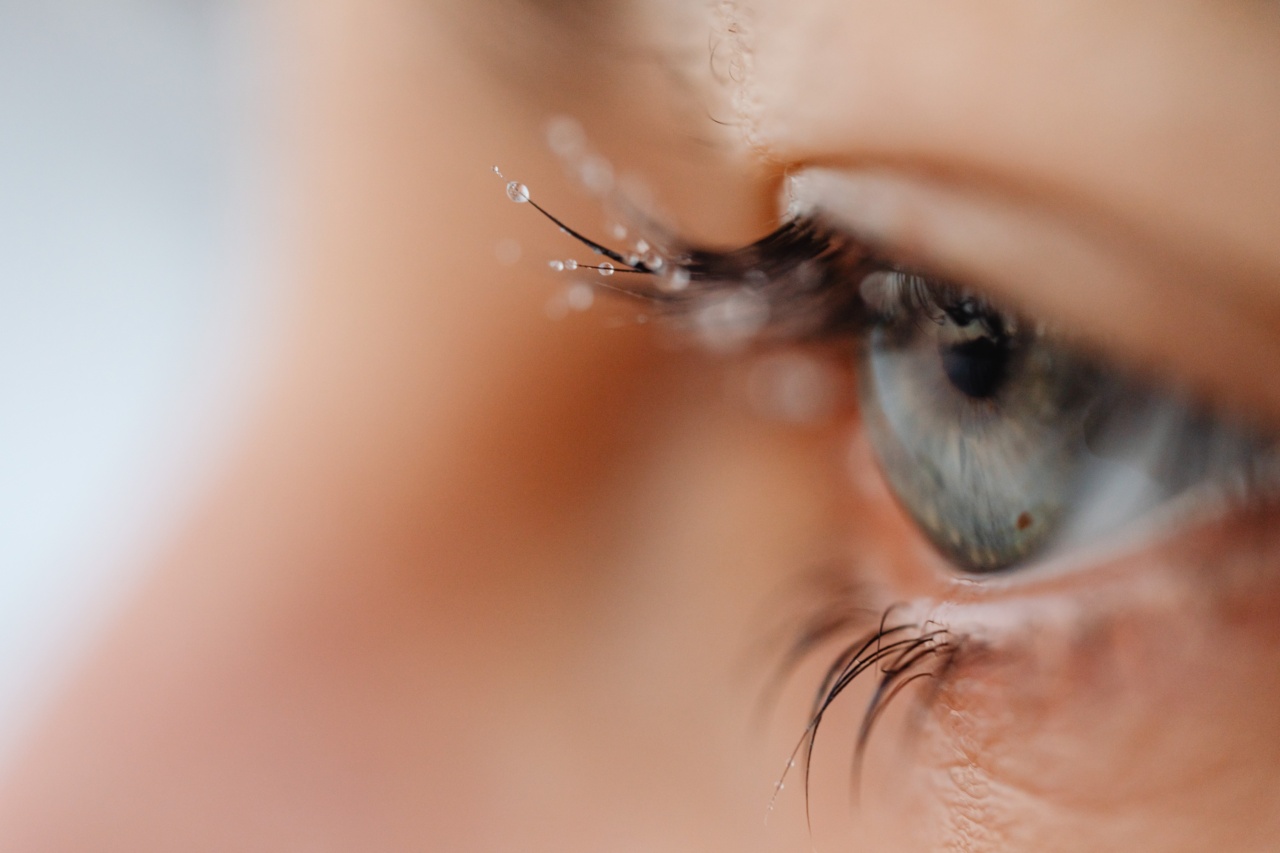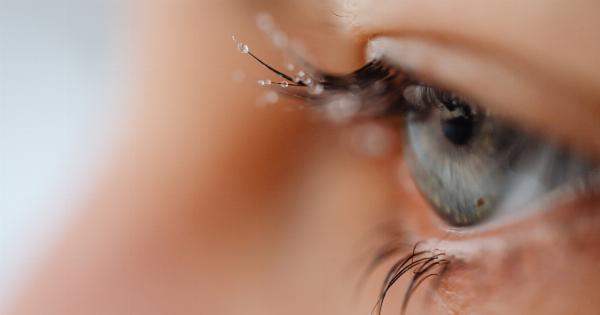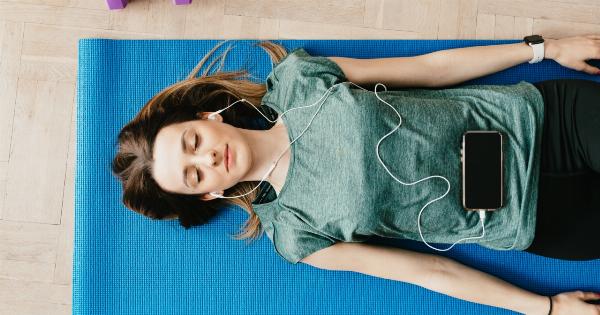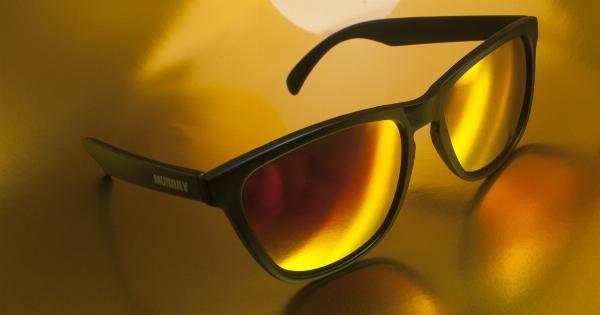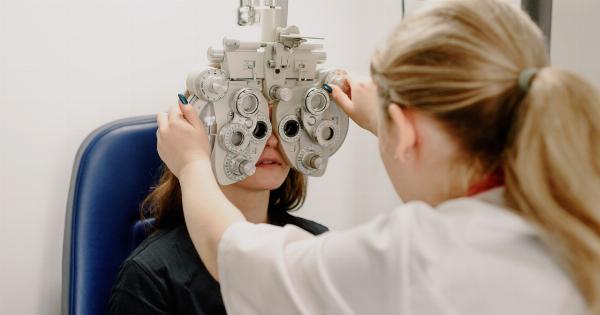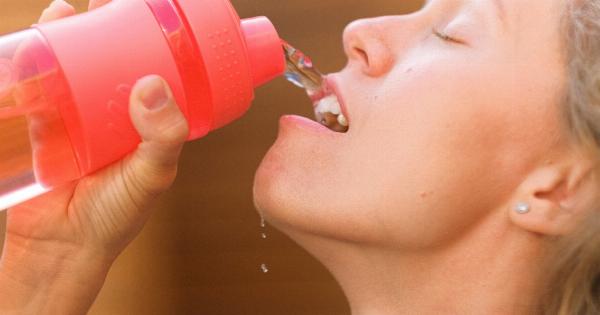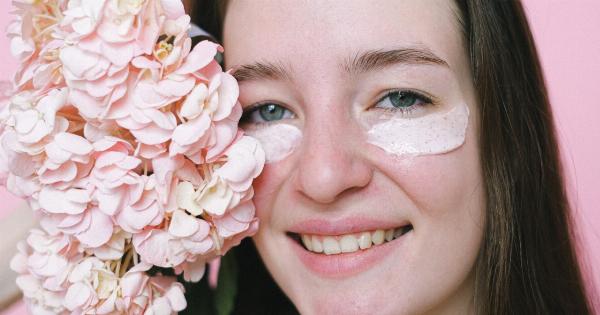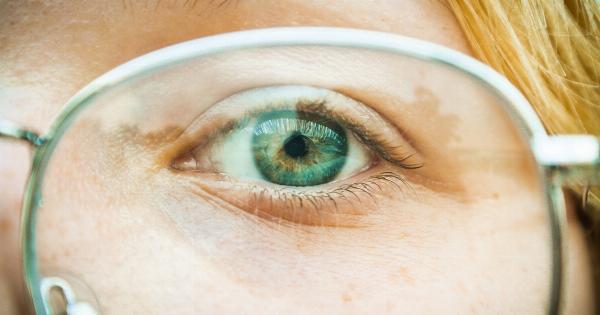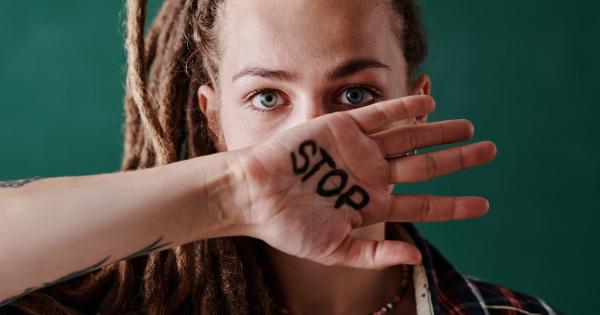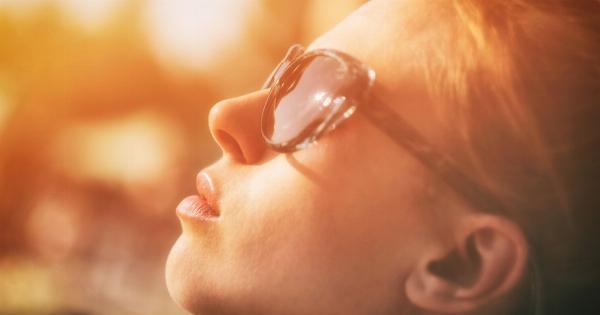Eye drops are a common remedy for many eye problems and conditions. From allergies to dryness, eye drops are used to keep the eyes moist and help alleviate discomfort. However, using eye drops can sometimes be tricky and may not always be effective.
To properly use eye drops and get the most benefits from them, here are some tips to remember.
Tips for Using Eye Drops
Wash your hands
Before using eye drops, it’s important to wash your hands to get rid of any dirt or germs that you may be carrying. This is especially important if you’re still recovering from an infection or if you have delicate eyes.
Follow the instructions
Instructions on the packaging or as directed by your physician should be carefully followed. Different eye drops may have varying usage directions, so make sure to read all instructions carefully.
Some medications require several drops at once while others require a single drop.
Tilt your head back
Tilt your head back and lean your face back slightly to avoid blinking or missing the eye. Gently pull down on your eyelid with your index finger to create a pocket, making it easier to target the right spot.
The pocket should be just big enough to hold one drop.
Avoid touching the tip of the bottle
When you’re putting eye drops in your eyes, be sure to avoid touching the tip of the bottle – this can contaminate the solution with bacteria that can cause infections.
Holding the bottle at a perpendicular position just above your eye makes it easier to drop the solution without touching the eye.
Close your eyes gently
After placing the drops, close your eyes gently to ensure that the solution covers the eyes completely. Keep your eyes closed for a couple of minutes to let the drops sink in.
This also helps to avoid draining the solution from your tear ducts too quickly.
Wait before using multiple drops
If you need to use multiple drops, wait for at least 5-10 minutes before applying the next set of drops. This helps to give the first medication enough time to be absorbed by the eyes.
If you are using different medications frequently, talk to your physician to find out how long you should wait between drops.
Store your eye drops properly
Make sure to store your eye drops according to their package instructions. Some medications require refrigeration, while others can be stored at room temperature. Proper storage will help prolong their shelf life and ensure their effectiveness.
Dispose of expired eye drops
Like other medications, eye drops also have an expiration date. Old and expired eye drops may not work properly or may even cause complications when used.
Discard expired or unused eye drops properly according to instructions provided on packaging or by your physician.
Inform your doctor if you experience any negative effects
If you experience any discomfort, redness, or itching after using eye drops, immediately contact a doctor. In some cases, using eye drops can cause negative side effects, which vary depending on the medication and the user.
Sometimes eye drops may cause allergic reactions, irritation, or worsen a pre-existing condition. Only a doctor can determine the proper course of action if such reactions occur.
Seek medical attention for severe eye problems
If you have severe eye problems, don’t rely on self-medication. Consult with a professional eye doctor to get the appropriate medication or treatment.
This is especially important if you have serious conditions such as infection, glaucoma, or allergies.
Conclusion
Using eye drops can be an effective remedy for many eye problems. However, proper use is essential. With the right practices, eye drops can help alleviate discomfort and improve overall eye health.
Follow the tips mentioned above and consult with your doctor to get the appropriate medication and treatment for your eye problems.
